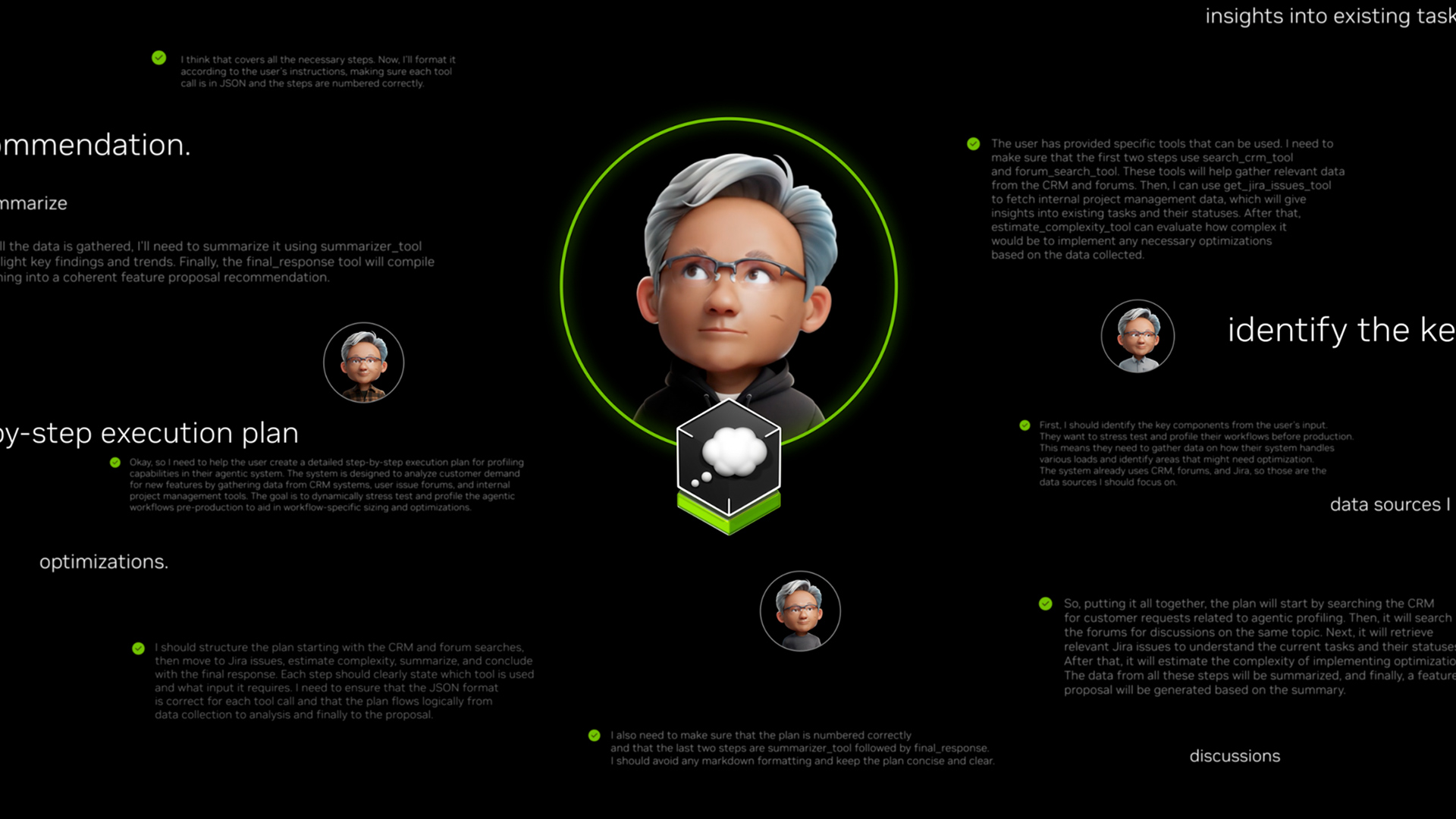How to Scale Your LangGraph Agents in Production From A Single User to 1,000 Coworkers

Table of Contents
- Run a Load Test to Collect Data
- Forecast for Scale Out
- How to Monitor, Trace, and Optimize Performance
- Conclusion
1. Run a Load Test to Collect Data
Before scaling an agentic AI application, it's crucial to understand how the application behaves for a single user. Profiling various inputs helps anticipate performance across different scenarios. Using the NeMo Agent Toolkit function wrappers for the AI-Q research agent, a load test was conducted to collect data for estimating hardware requirements.
2. Forecast for Scale Out
Based on data collected during the load test, the hardware needs for accommodating hundreds of users in production were estimated. For instance, if a load test on one GPU shows that it can handle 10 concurrent users within acceptable latency thresholds, adjustments can be made accordingly to support the desired scale.
3. How to Monitor, Trace, and Optimize Performance
After identifying and resolving issues like bugs discovered during initial testing, the AI-Q research agent is ready for deployment with the appropriate number of replicas across system components. Monitoring and aggregating performance data help track the application's behavior as it scales up to production.
4. Conclusion
Utilizing the NeMo Agent Toolkit alongside AI factory reference partners facilitated the deployment of the AI-Q NVIDIA Blueprint, enabling the creation of a research agent with confidence.